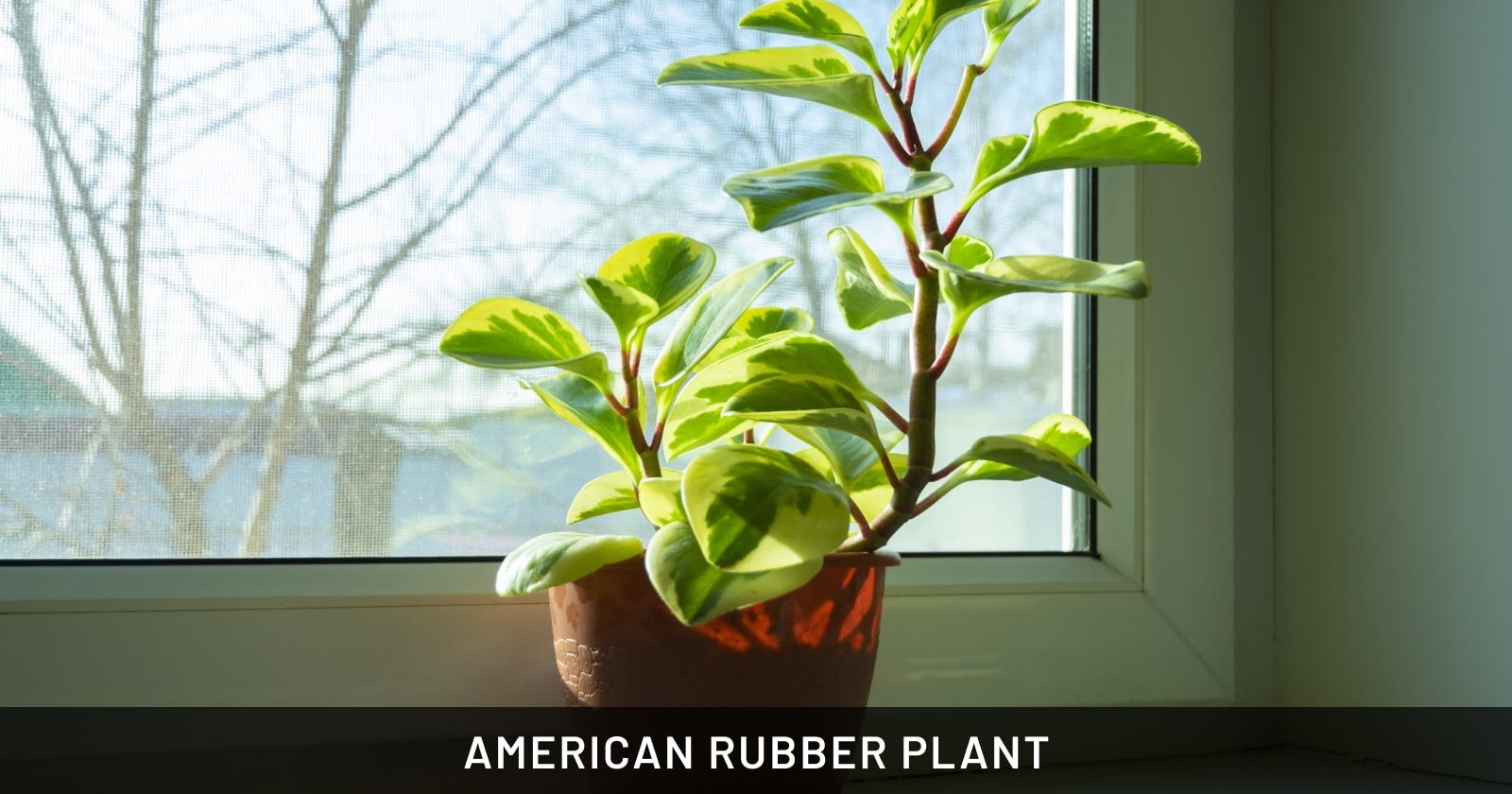American Rubber

The American Rubber Plant, or Peperomia obtusifolia, is a resilient indoor favorite known for its glossy, spoon-shaped leaves and compact growth. This plant stands out with its ability to purify indoor air and its ease of care, thriving in medium to low light and requiring minimal watering—just enough to keep the soil moist but not soggy. Importantly for pet owners, the American Rubber Plant is non-toxic to both cats and dogs, making it a worry-free choice for households with curious pets. It’s an excellent plant for beginners due to its forgiving nature and ability to bounce back if neglected occasionally. With its attractive appearance and pet-safe status, it’s a perfect addition to any home, adding a touch of green without compromising the safety of your furry friends.
Here’s a detailed table summarizing the physical and scientific characteristics of the American Rubber Plant (Peperomia obtusifolia):
| Characteristic | Detail |
|---|---|
| Scientific Name | Peperomia obtusifolia |
| Common Name | American Rubber Plant, Baby Rubber Plant |
| Family | Piperaceae |
| Origin | Native to South America, especially Florida and the Caribbean |
| Type | Perennial, evergreen |
| Bloom Time | Rarely blooms indoors; blooms are small and spikelike when occurring |
| Flower Color | Greenish-white |
| Leaf Color | Dark green |
| Leaf Shape | Thick, rounded, and fleshy |
| Growth Habit | Compact, bushy |
| Size | Typically 10-12 inches tall, can grow up to 24 inches in ideal conditions |
| Light Requirement | Prefers medium to low indirect light |
| Watering Requirement | Allow topsoil to dry out between waterings |
| Soil Type | Well-draining potting soil |
| Temperature | Enjoys temperatures between 65°F and 75°F (18°C – 24°C) |
| Humidity | Prefers moderate humidity |
| Toxicity | Non-toxic to cats and dogs |
| Propagation | Can be propagated by leaf or stem cuttings |
| Common Pests | Susceptible to mealybugs and spider mites |